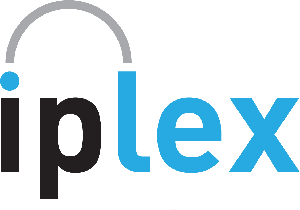Content Creators & Artist
There was a time, not too long ago, when the life of the average artist read like a particularly depressing Russian novel. The internet has profoundly changed this. With the advent of content hosting platforms such as Youtube and Shutterstock and the now-ubiquitous non-fungible-token (better known as NFTs), the scope for profitability from a career in producing quality content and artwork has expanded beyond what anyone would have imagined until just a few decades ago.
The European Union has demonstrated tremendous foresight on this point. For years it seemed to onlookers in the legal community here in Europe that the harmonization of our laws on copyright were geared toward something more specific – more sophisticated – than merely bringing IP legislation under the broader umbrella of the EU.
A 2015 announcement of what would later transpire as Directive (EU) 2019/790 on copyright and related rights in the Digital Single Market eliminated all speculation about the trajectory of EU legislation. It is now clear that the thrust of EU law will continue to be geared toward enhancing intellectual property protection in the digital sphere, with a view to – in the directive’s own words – stimulating innovation, creativity, investment and production of new content in the digital environment.
This development has run in tandem with landmark judgments of the CJEU such as the PirateBay case. It is safe to say that a new age in digital IP has dawned, and that it is likely only a matter of time before platforms such as BitTorrent are forced to evolve or face the same fate as Napster.
Copyright enforcement around the digital sphere has shown tremendous signs of tightening. This may seem wonderful for content creator profitability on the face of it, but of course every coin has a flipside.
The traditional principles of copyright law remain by and large the same as they have been for decades – which is to say a minefield. Content creation and artistic expression often require the use, in some way shape or form, of existing content to create new content. This can range from the incorporation of one piece of art in a new piece of art, such as a collage or a re-interpretation of a Banksy work, to a commentary or a parody of a viral video on a YouTube channel.
As YouTube channel operators will know, content hosting platforms are required to police IP abuses. Youtube facilitates this through its copyright strike system. But there are any number of threats that a content creator can face in the broader digital sphere. Recent years has seen an influx of digital rights management and enforcement companies whose sole focus is to identify and take action against the infringement of rights in digital content.
The recent trend suggests that controls around the use of digital content are only likely to get stronger as time progresses, which makes it all the more important for content creators in the digital space to ensure that they are on the right side of the law.
